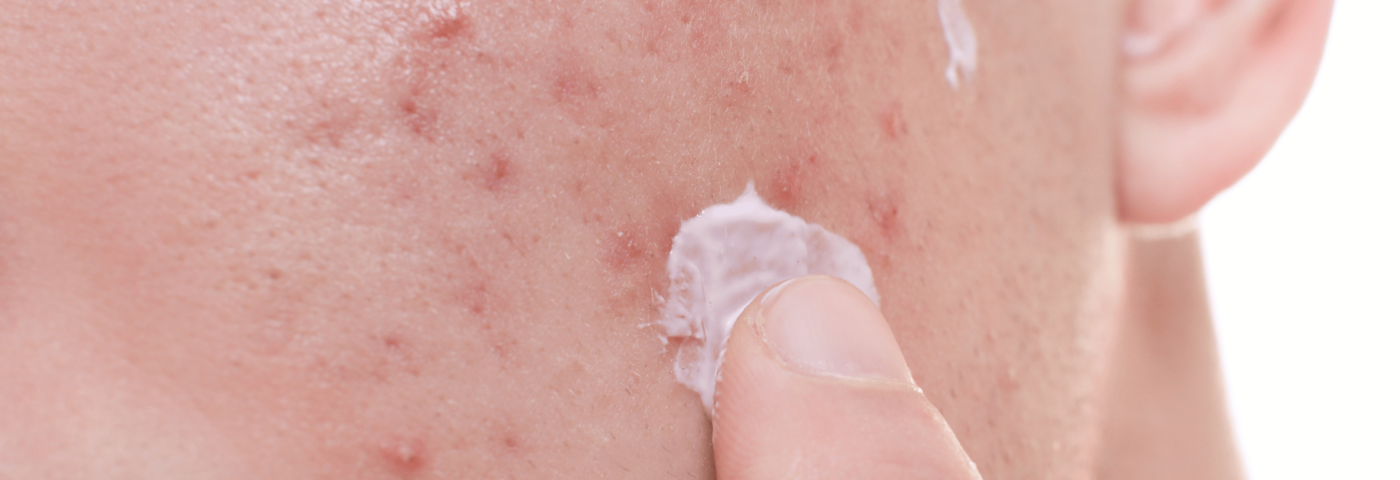There is so much chatter about microbiomes, pre/pro/post biotics and all the flora and fauna that is part of our skin’s eco system. I’m fascinated and overwhelmed. There’s a great deal we still don’t know or understand in the category. It’s sometimes challenging to separate fact from myth. If we, the beauty experts, are confused and baffled, imagine what’s happening with the consumer. Having said that: there is research that is very promising and very compelling. I’d like to share some of it.
Acne is the most common skin affliction globally, and many cases are driven by a bacterium found normally on our skin called Cutibacterium acnes.
More than 85% of teenagers experience acne in some form. It may be clogged pores, painful pimples, or, sometimes, hard, deep lumps on the face, neck, shoulders, chest, back and upper arms.
Adult acne is also a serious problem.
Many treatments are available, but they often include harsh ingredients that strip and irritate skin and cause sun sensitivity. Oral and topical antibiotics are sometimes prescribed. However, they come with their own side effects and concerns about antibiotic resistance, which is an increasing concern for all of us.
There is good news: Bacteriophages (or phages), the good viruses existing naturally on our skin that target and destroy harmful bacteria, are being put to work to restore balanced, clear skin. Phages have been around for billions of years and may be the most abundant thing you’ve never heard of. There are thousands of known phage varieties, each specialized to eliminate only one or a few types of bacteria.
An estimated 30 billion phages pass in and out of our bodies every day.
Phages are found wherever bacteria are present. They are natural microorganisms that are harmless to humans and only interested in targeting bacteria. An imbalance of these phages on our bodies is associated with obesity, bowel disorders, acne and other diseases.
A French-Canadian microbiologist named Félix d’Hérelle first published reports about the bacteria-killing viruses for which he coined the term ‘bacteriophage’ in 1917. Frederick Twort, an English bacteriologist, was conducting similar research at the same time.
Throughout the early 20th century, phage therapy centers and commercial phage production plants opened across Europe and the United States, treating people for dysentery, cholera, bubonic plague and other bacterial illnesses. Despite early successes, phage therapy fell out of popularity in Western medicine as antibiotics became readily available. For decades, antibiotics were the go-to treatment for all things bacterial…until they quit working.
With antibiotic-resistant bacteria becoming a global health crisis, scientists and other experts are again turning to bacteriophages to manage bacterial infections that don’t respond to other measures.
The food industry quickly jumped on this: It now commonly uses phage sprays to prevent bacterial contamination. Phage formulations applied to food packaging and the food itself (including meat, dairy, fruits and vegetables) control the growth of foodborne pathogens, including Salmonella, Listeria and E.coli, to name a few. Many of us have very likely been eating these phages that keep food fresh from farm to fork and curb the occurrence of foodborne illnesses.
How do phages rescue blemished skin? Those with blemished skin can use a product containing DermaPhage® CA, a topical solution uniquely targeted to Cutibacterium acnes. Application on the affected area 2 times per day for 7 days will frequently show significant improvement. Blemishes are reduced with remarkable change in both redness and inflammation. There are no side effects, no danger to “healthy” skin, nothing harsh or irritating.
The products do need to be refrigerated to keep the phages stable and healthy, as it is a natural ingredient.
Applications for DermaPhage® CA include facial and body care products, a sprayable formula for use on bedding and linens, as well as laundry detergents and additives and more.
This new approach to target the bacteria contributing to blemish flare-ups is a game changer.
Bacteriophages
-exist naturally on our skin
-are sustainability sourced and naturally occurring
-have been part of nature for billions of years
-are harmless to humans and have no side effect
-are very effective in targeting certain bacterial skin problems
-are your body’s friend!
While I’m a big fan of this technology, as well as all the work that is currently being done on skin microbiomes and skin health, we have a long way to go to clarify and simplify the topic for beauty consumers. It’s not only confusing, there’s a great deal of misleading information that’s difficult to assess.
But it’s progress! Working with nature and finding skin friendly solutions to skin challenges should always be our industry’s goal.
Enjoyed this article? Get more by subscribing to our newsletter!

